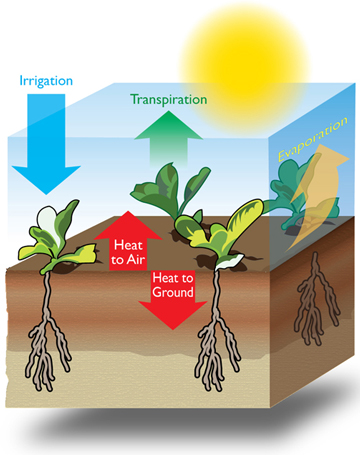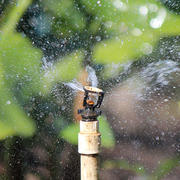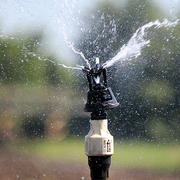
Using irrigation to cool crops and soil during hot weather can significantly improve yields. Here’s how it works:
Crops draw water from the soil via their roots. This water travels through the plant, reaching the leaves, where it's released into the atmosphere as vapor—a process known as transpiration. Together with evaporation, where water converts from liquid to vapor directly from surfaces, these processes are collectively termed evapotranspiration. This water loss is more pronounced in hot, dry regions.
Implementing several short-cycle irrigation events can effectively lower the temperature of crops and increase the air's humidity as water evaporates. This strategic approach not only reduces water loss through transpiration but also uses less water compared to traditional irrigation. However, maintaining adequate soil moisture is essential to reap the benefits of this cooling technique.
Uniform application of water is crucial for effective irrigation-cooling. The Senninger® Xcel-Wobbler™ and mini-Wobbler™ are designed for this purpose, offering up to 95% distribution uniformity, making them ideal for consistent and efficient water application.
The necessity for crop cooling can vary based on crop and climate conditions, and plants may respond differently at various stages of growth. Understanding these dynamics is key to optimizing irrigation strategies for maximum benefit.
More information
Evapotranspiration and the water cycle | U.S. Geological Survey. (2019, September 8). https://www.usgs.gov/special-topics/water-science-school/science/evapotr...



